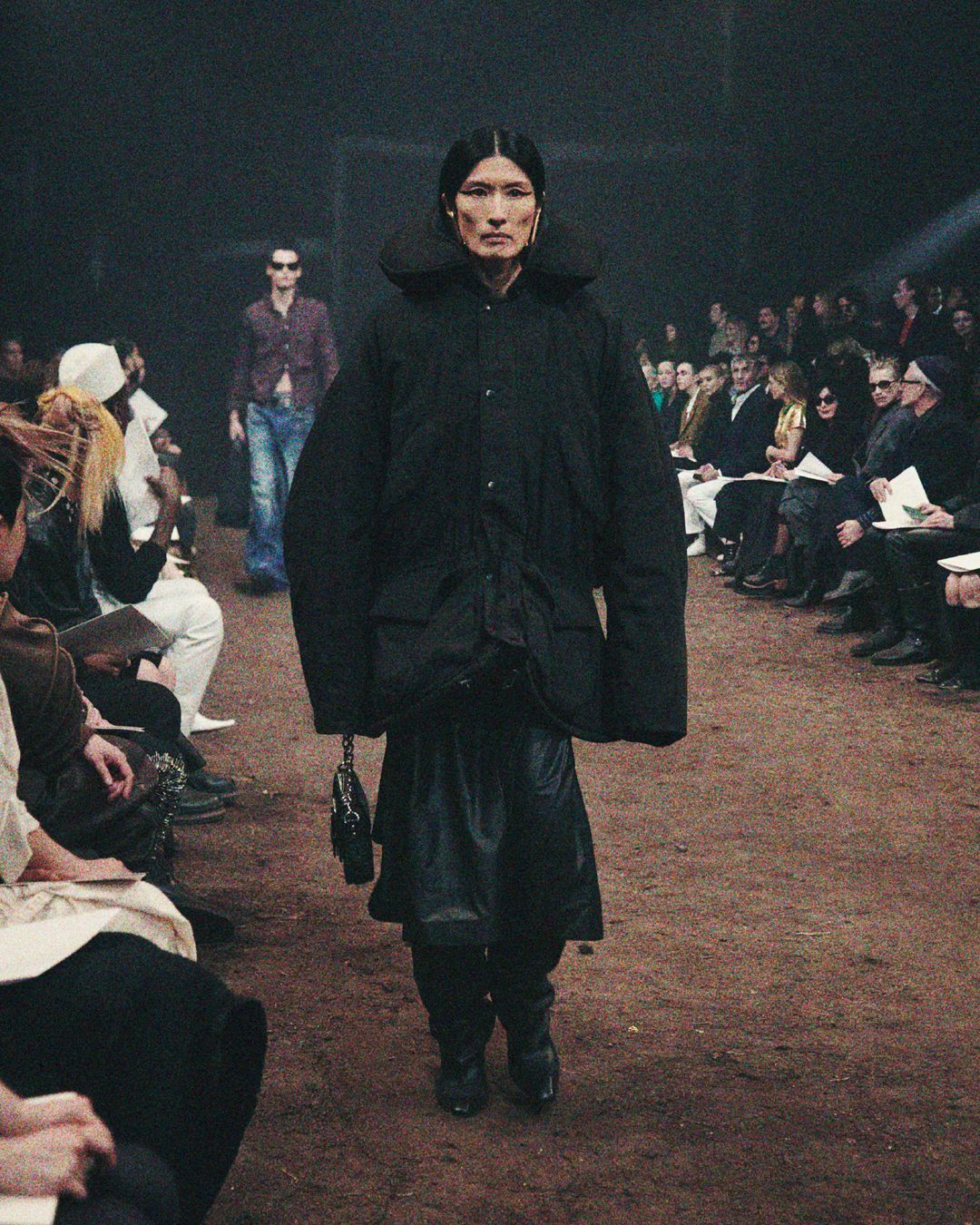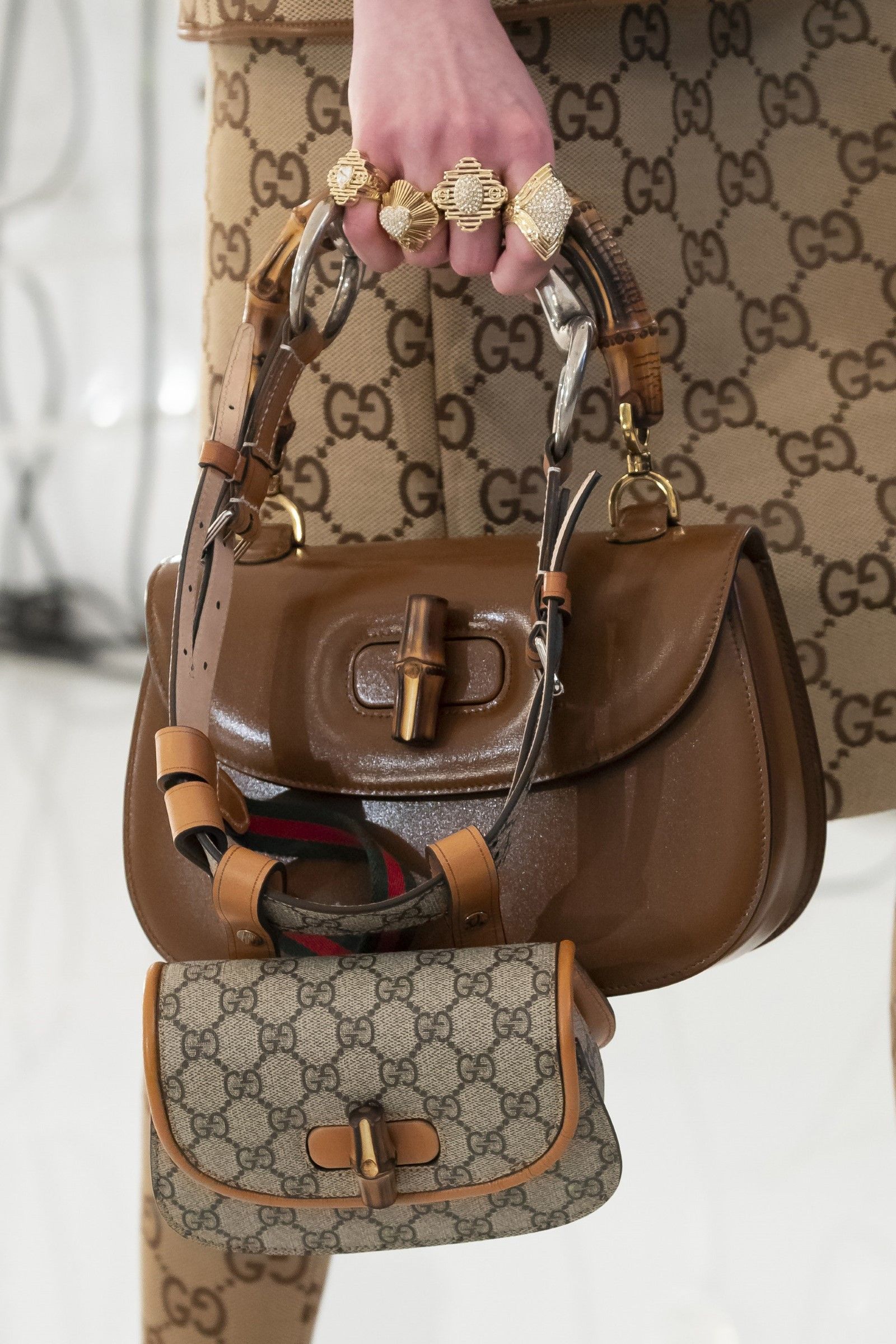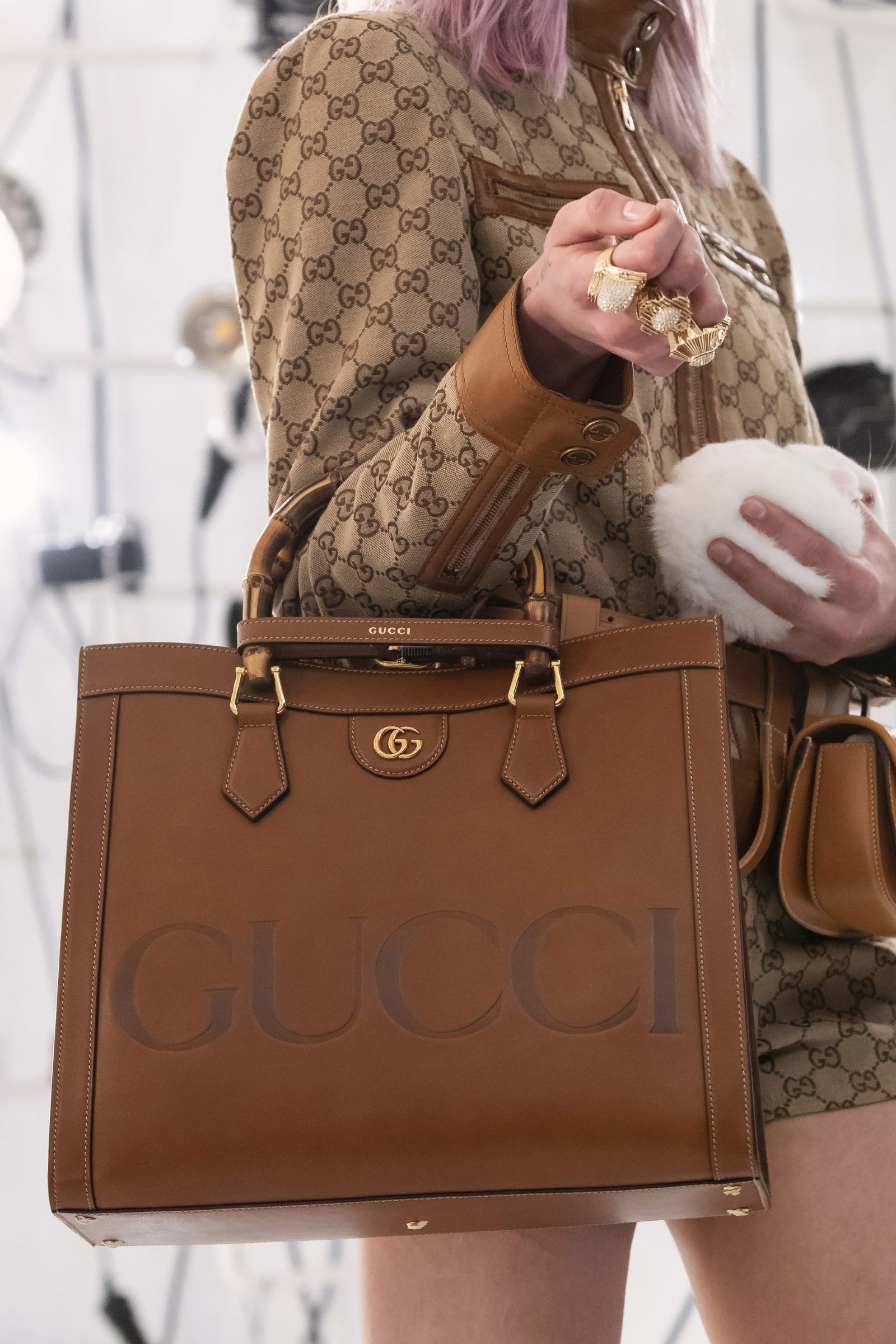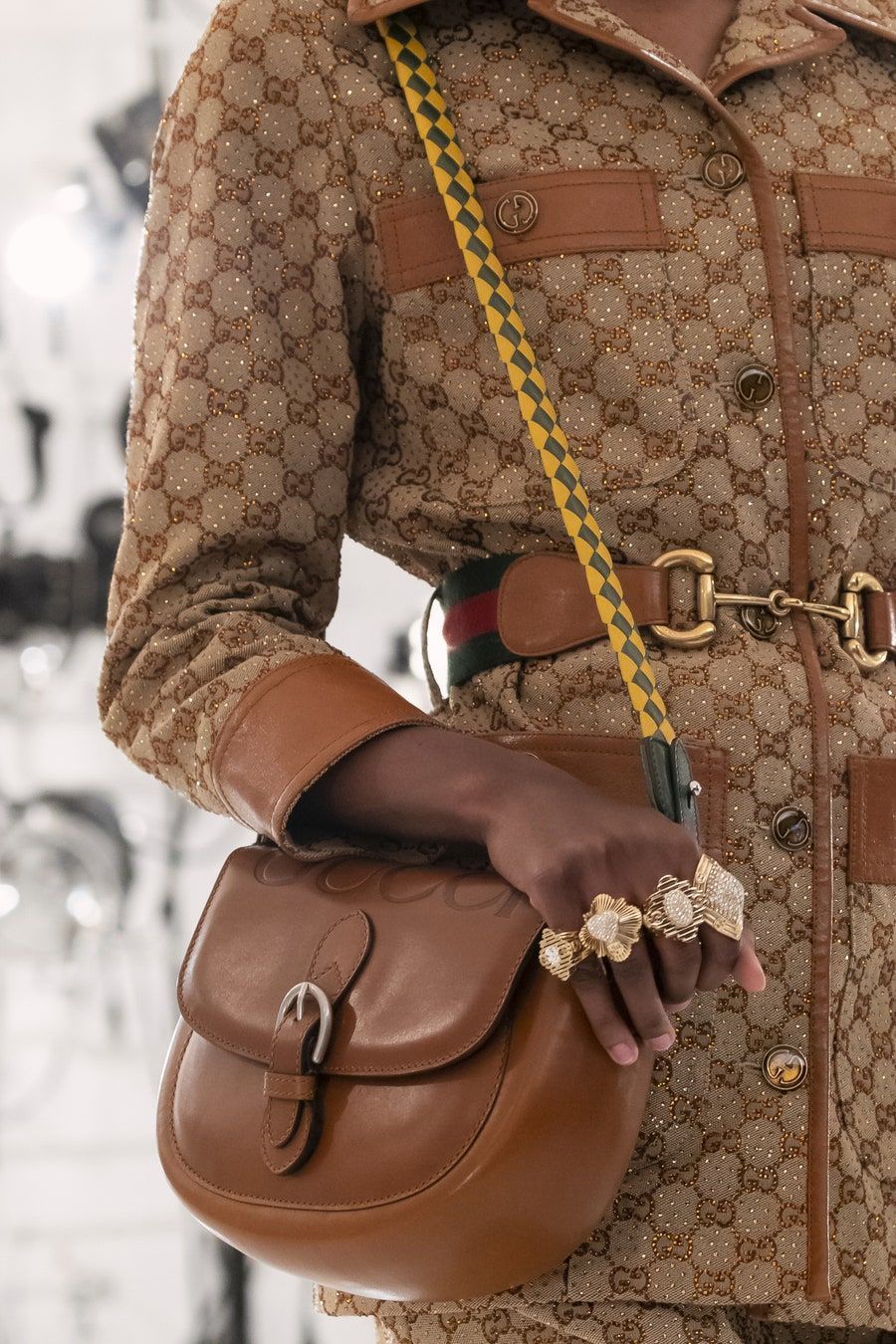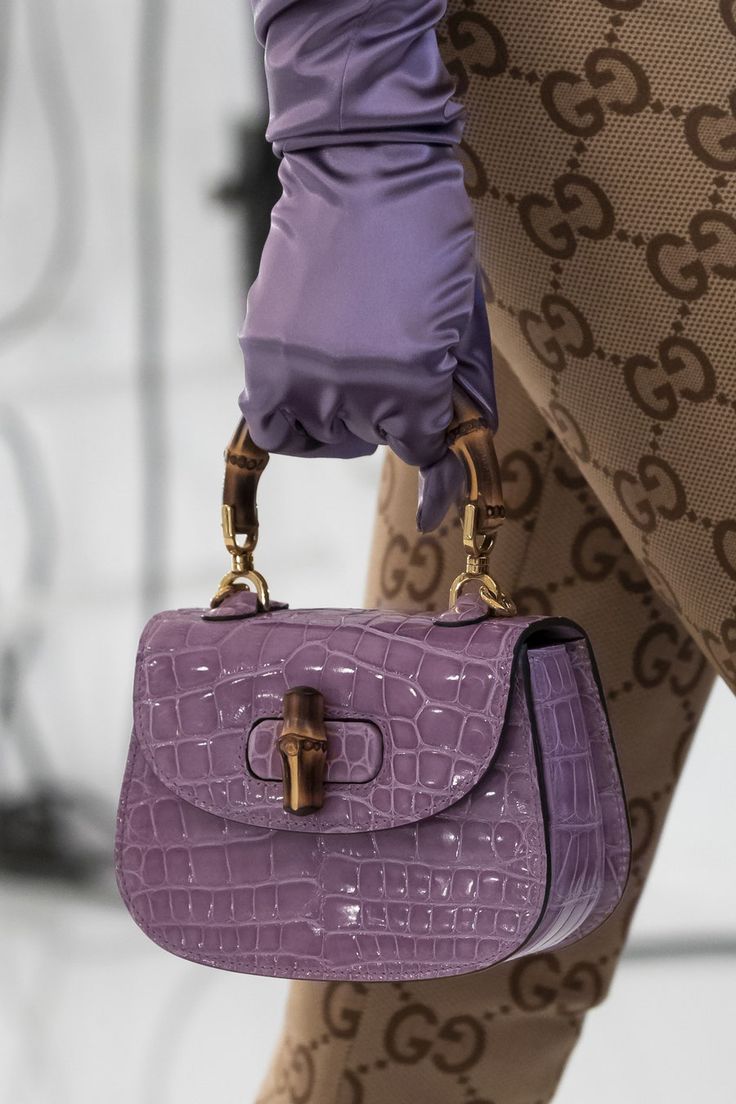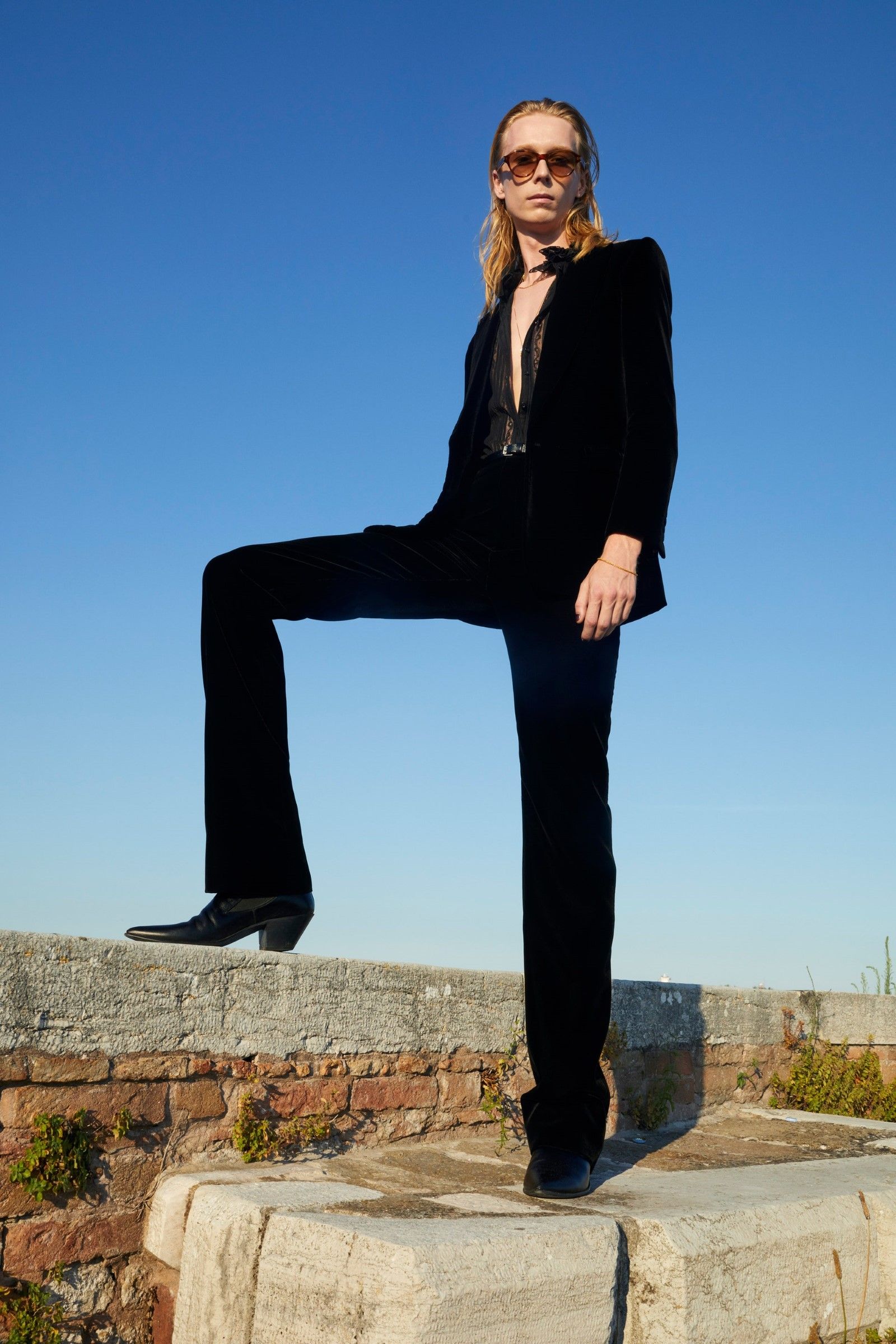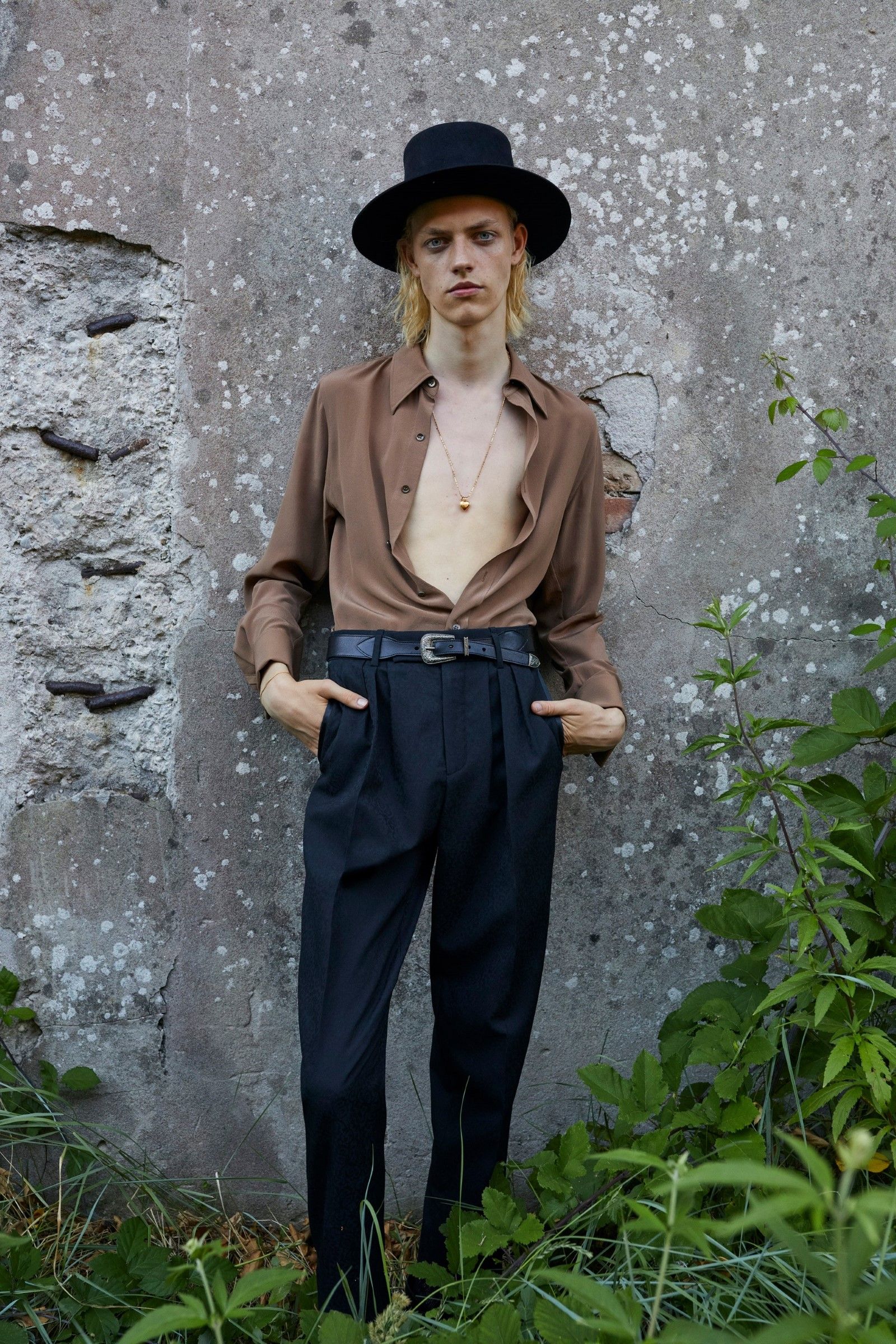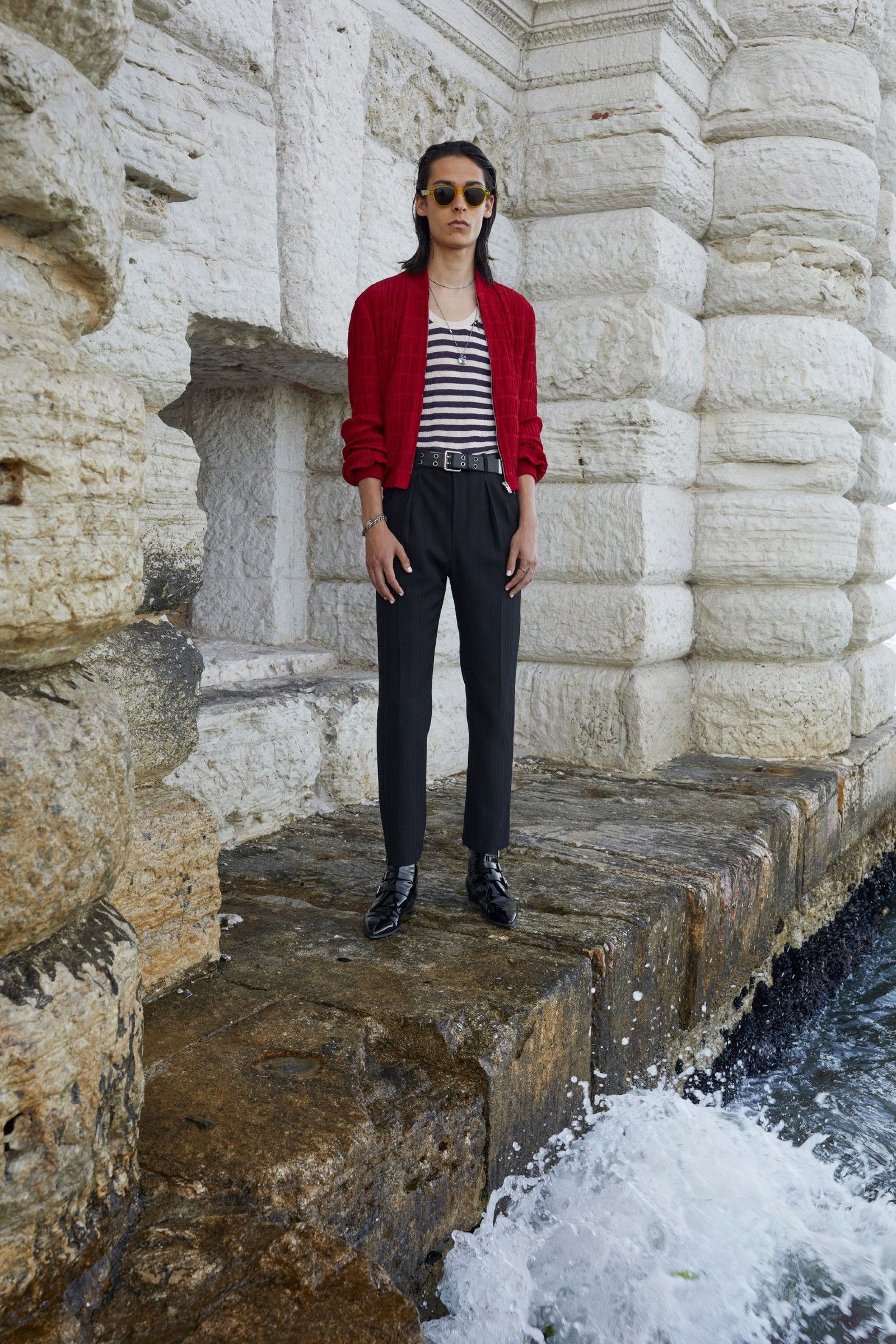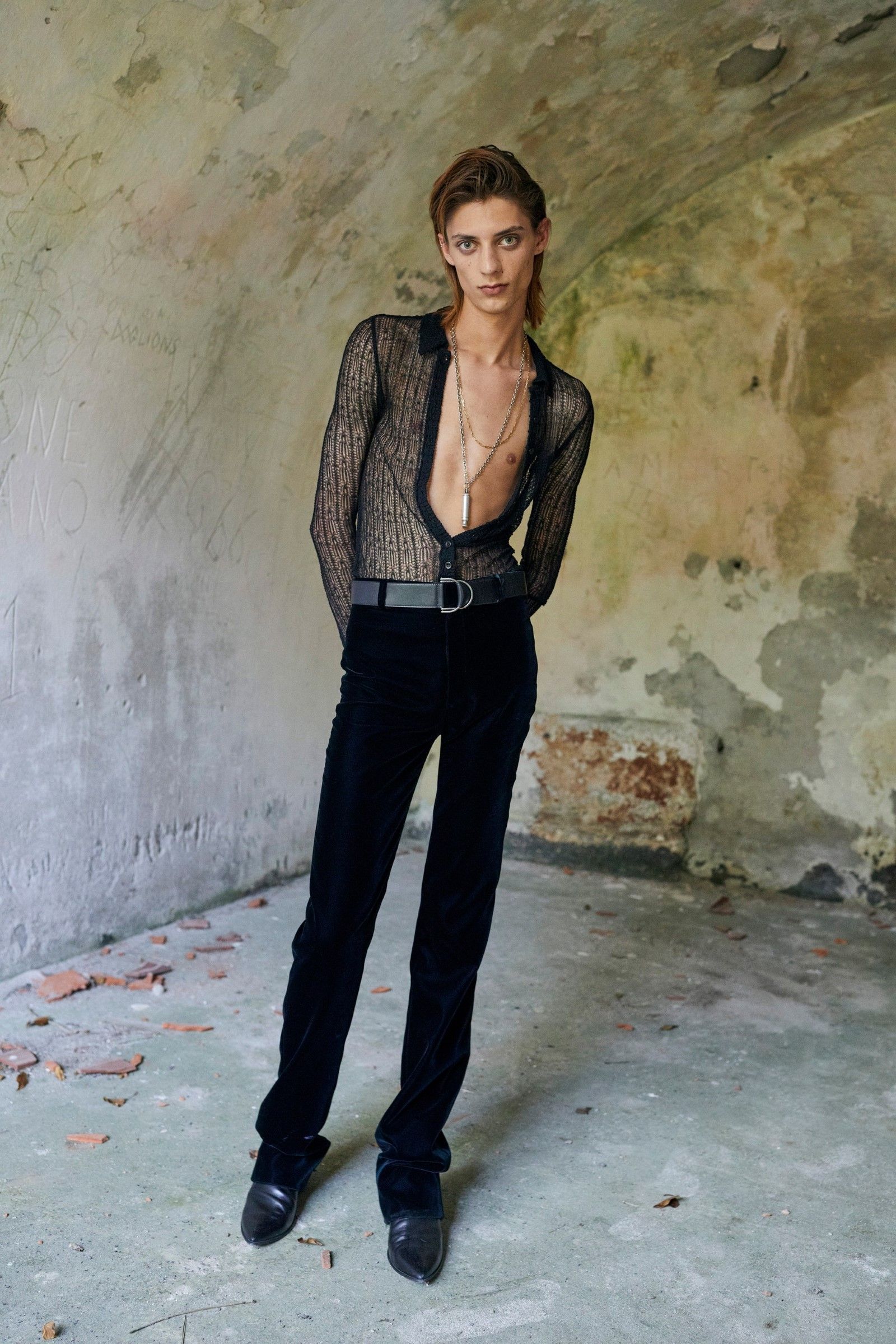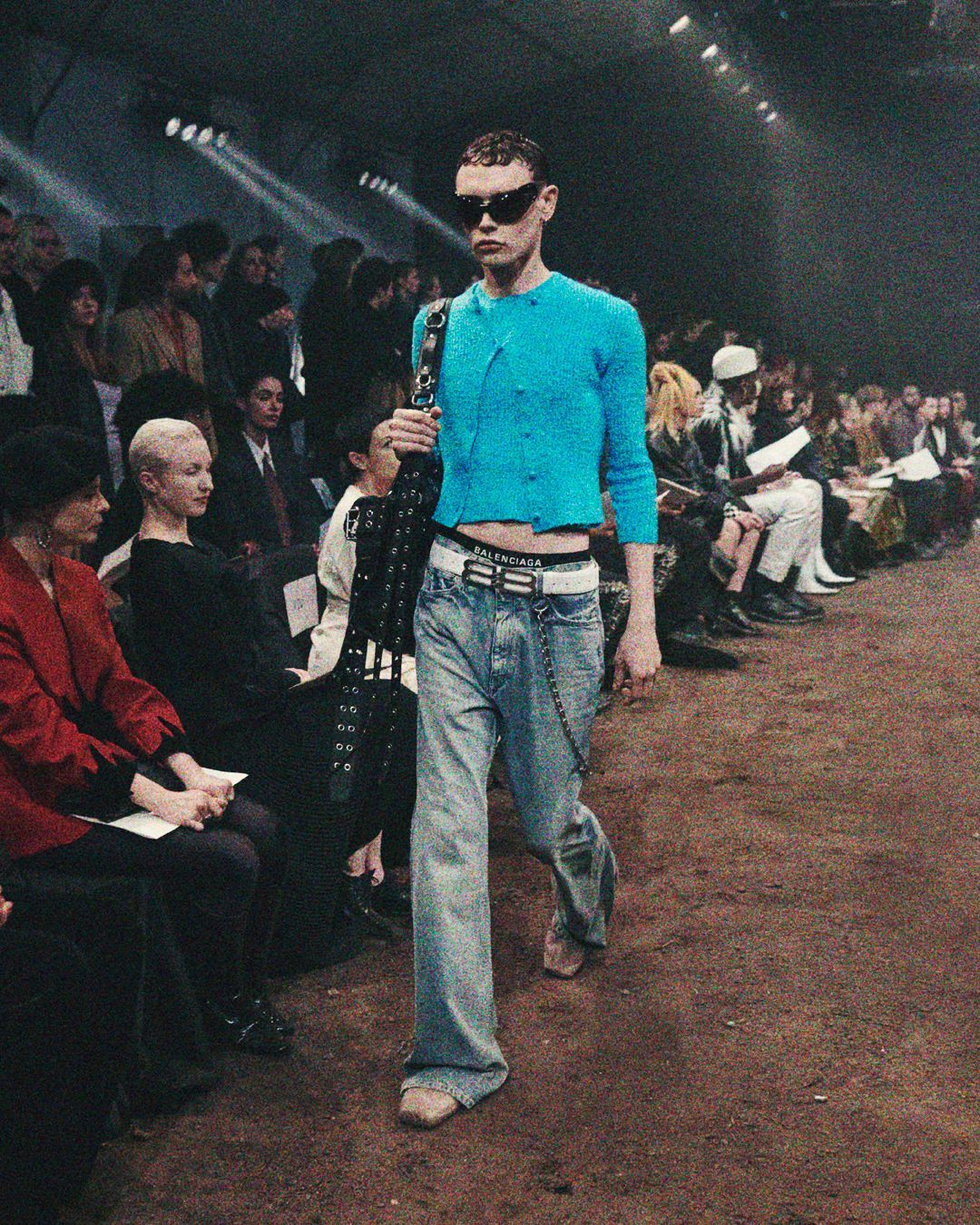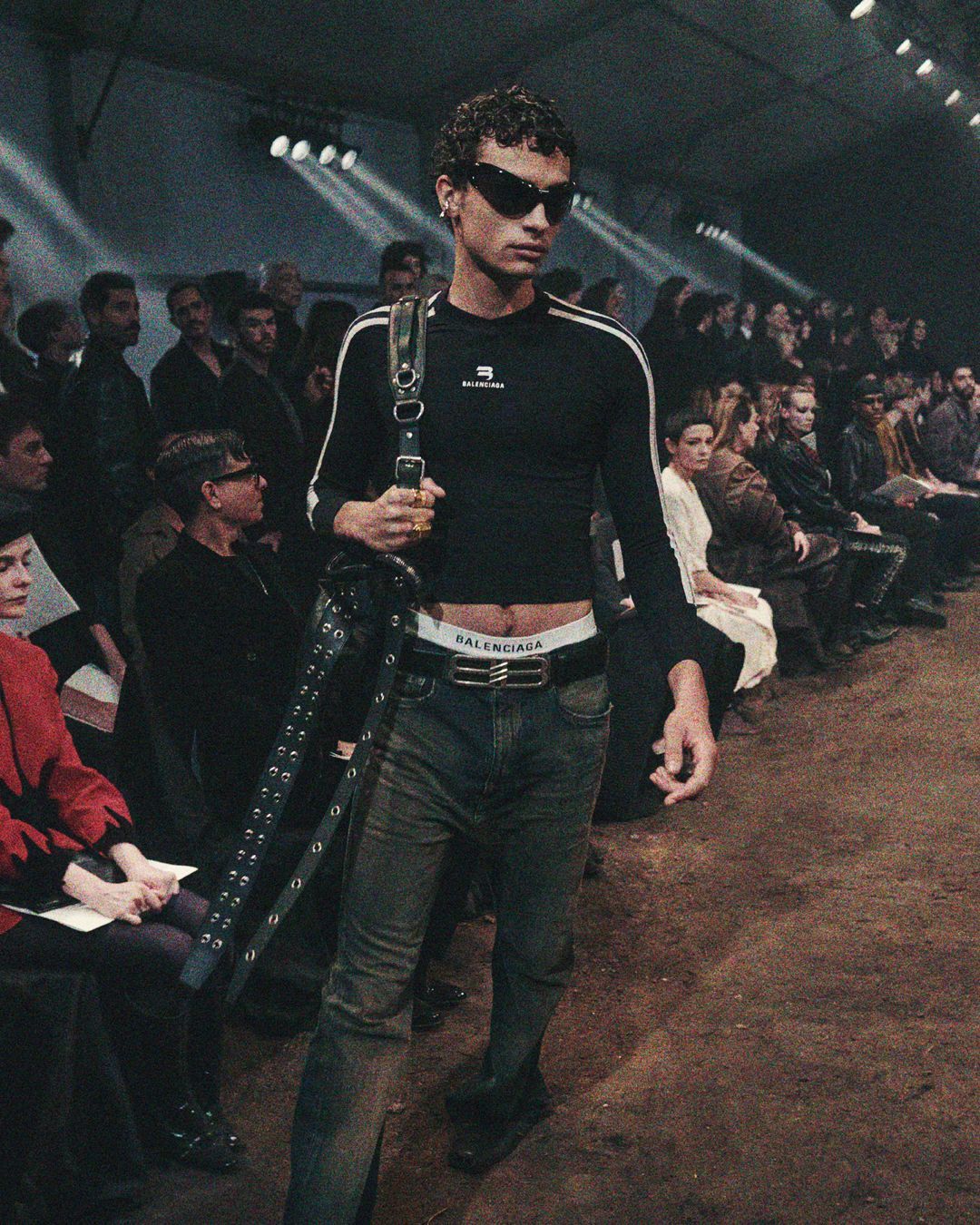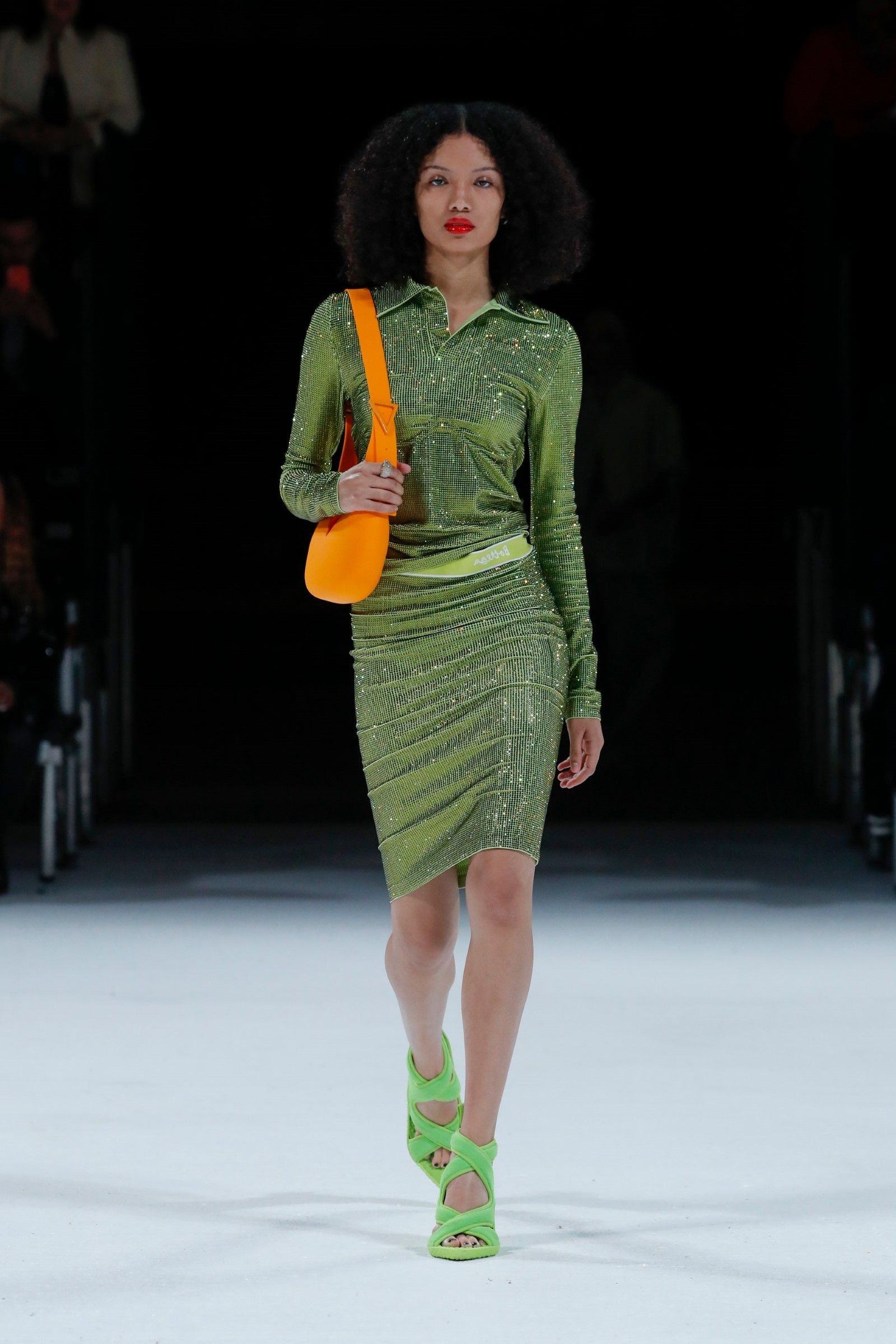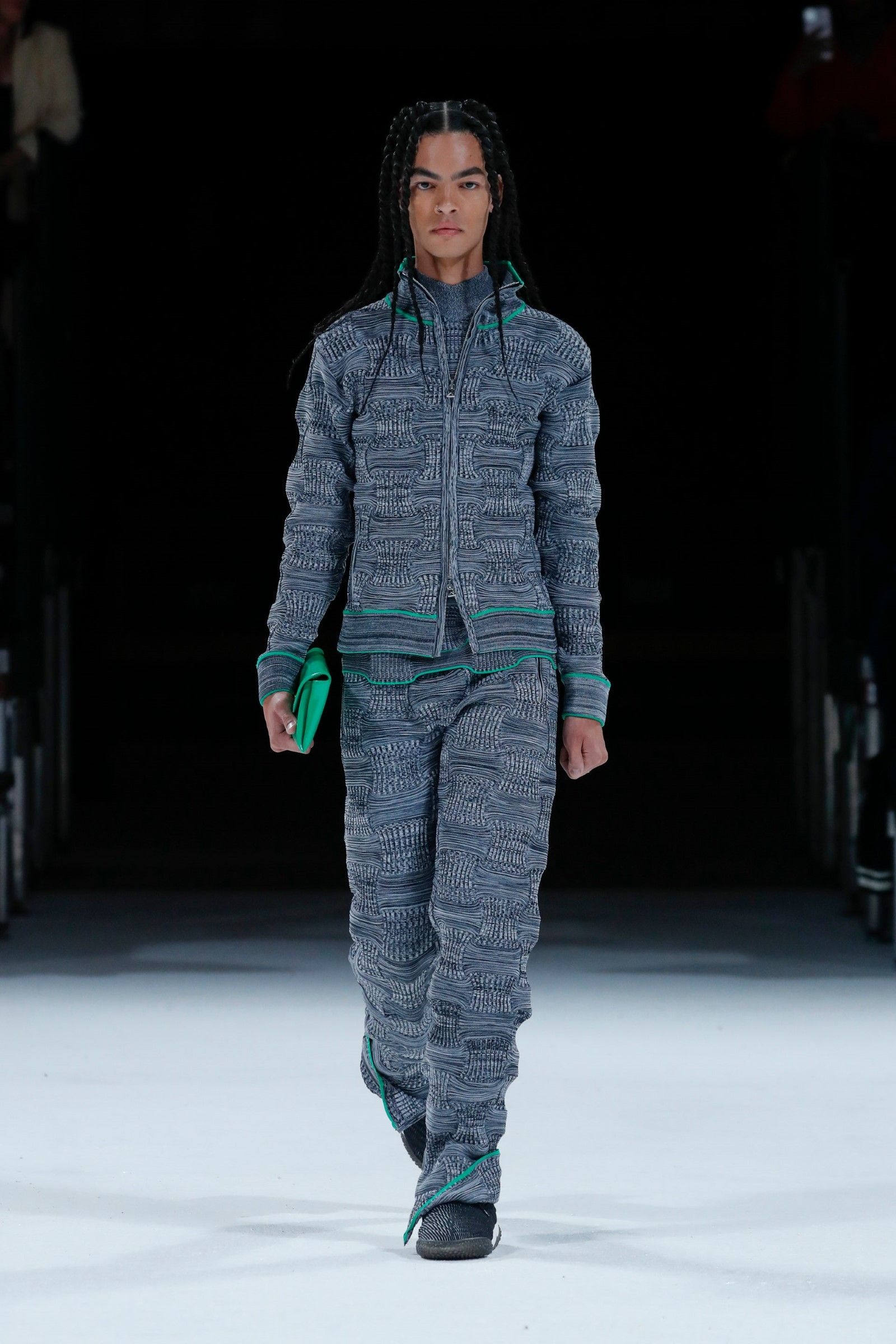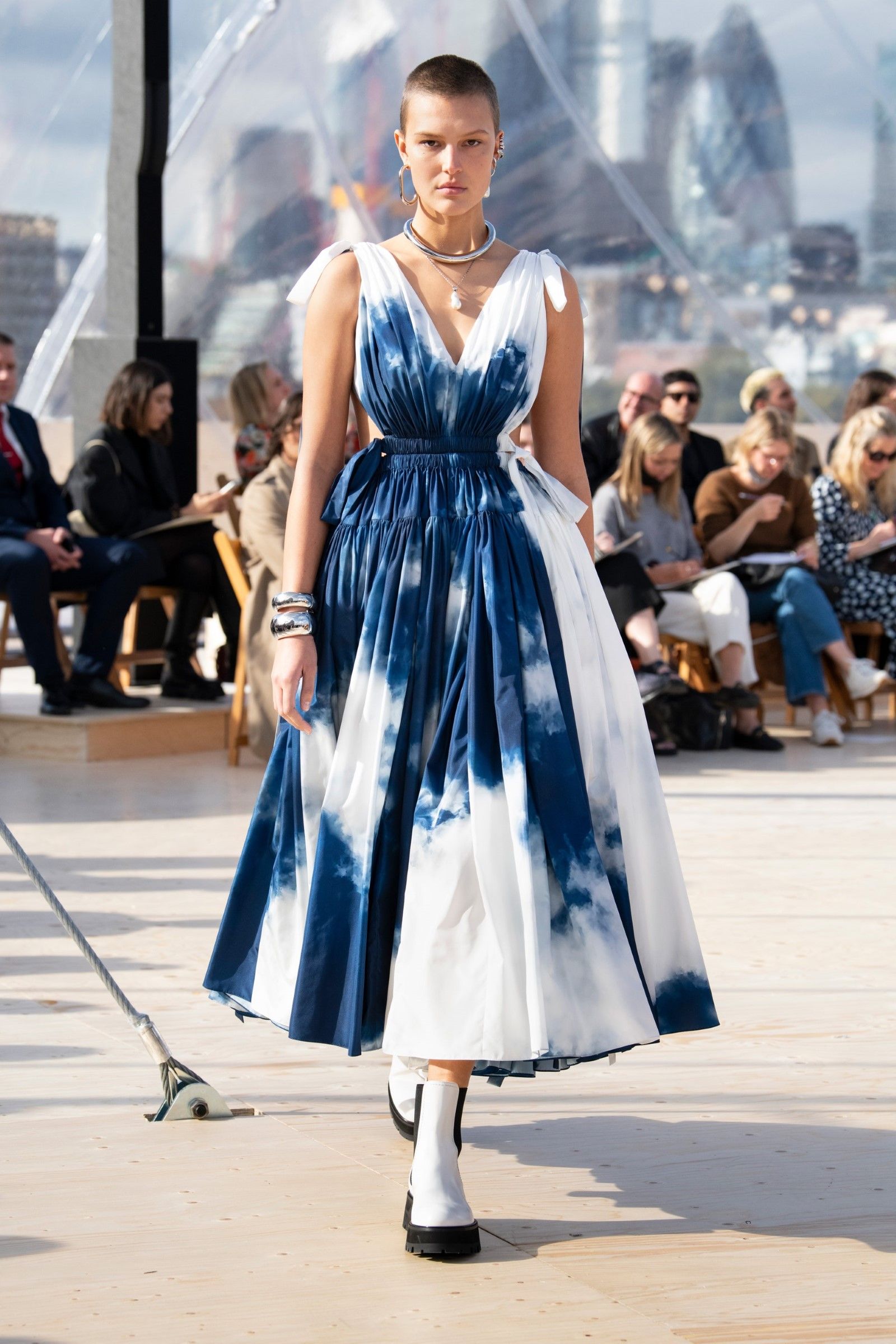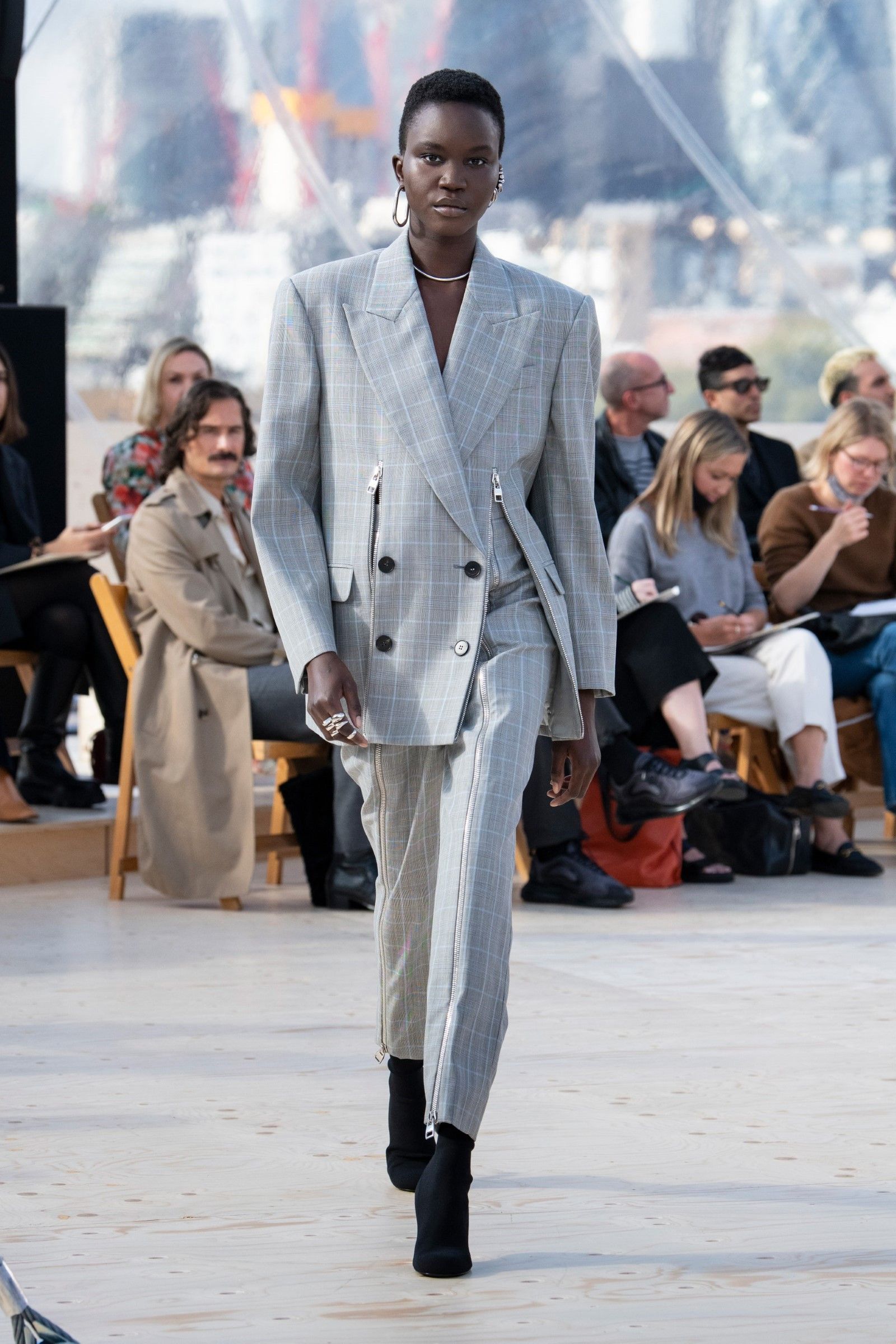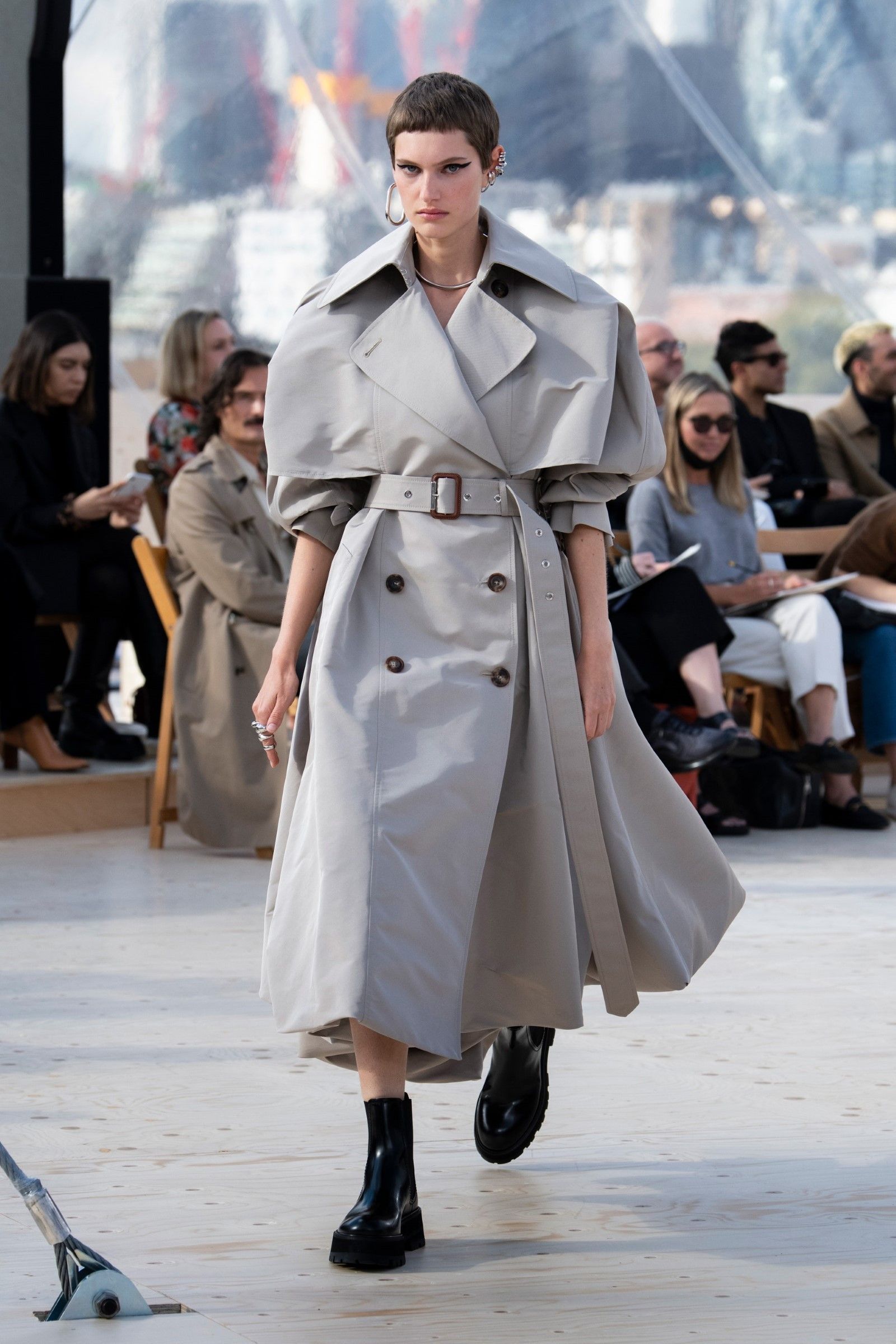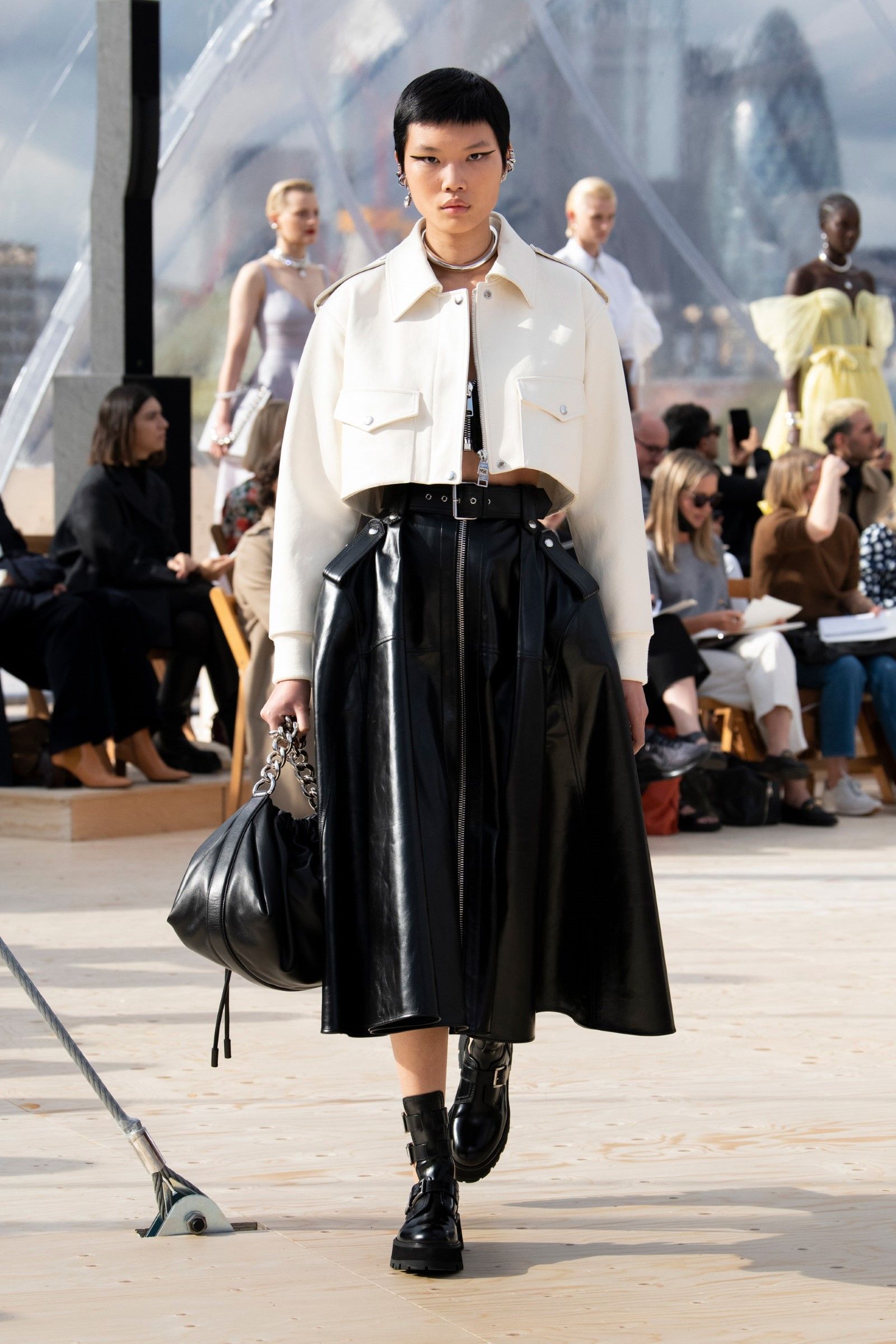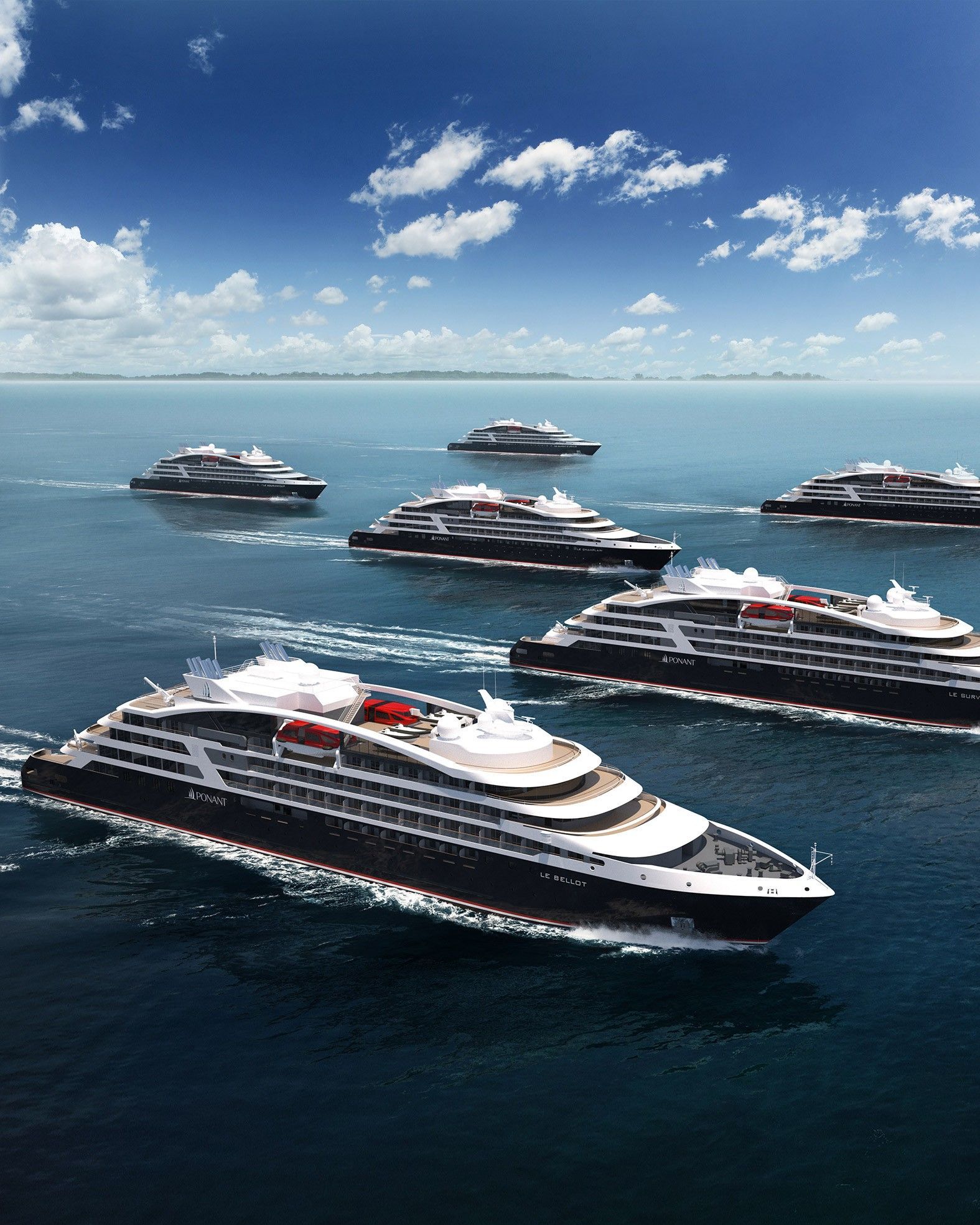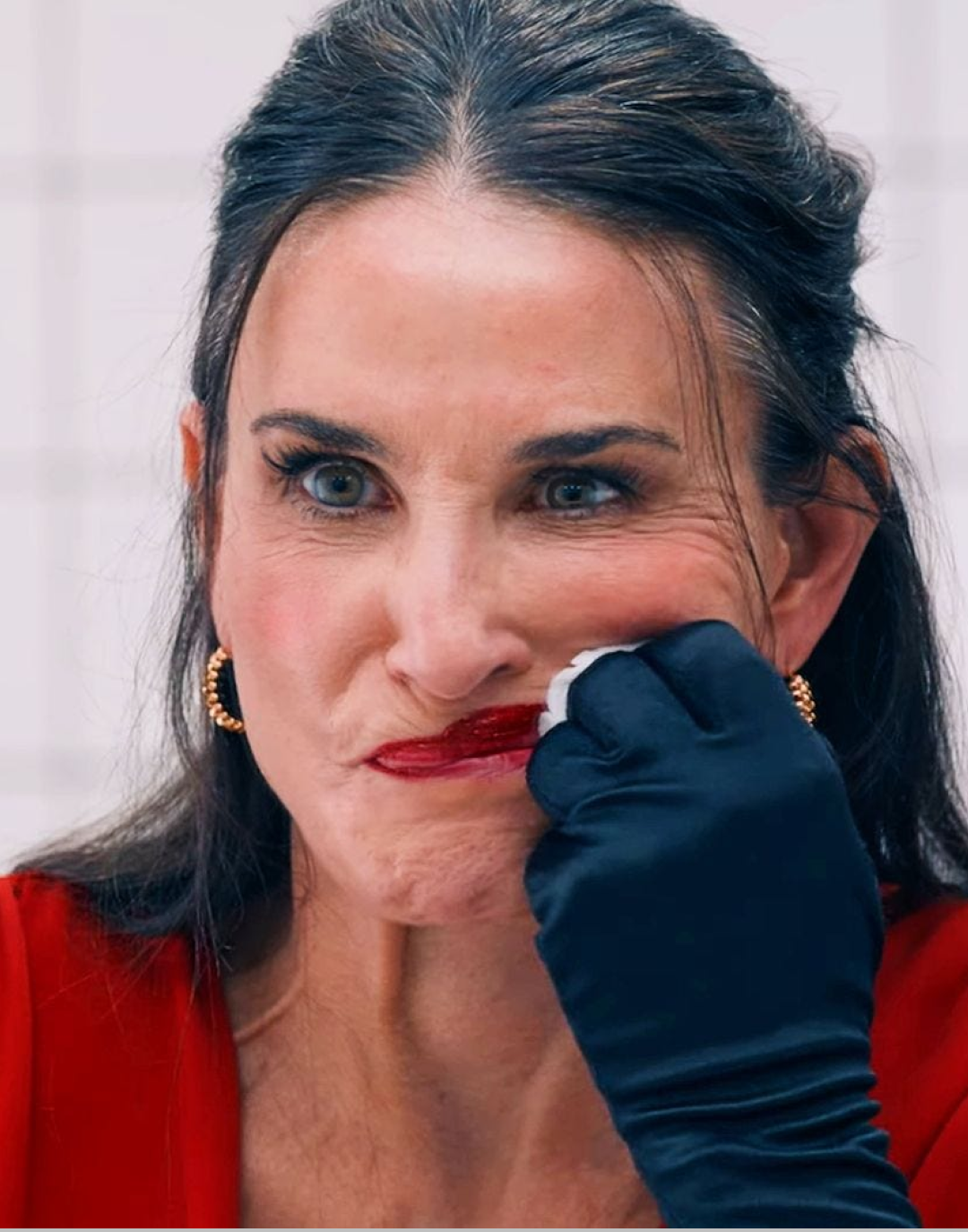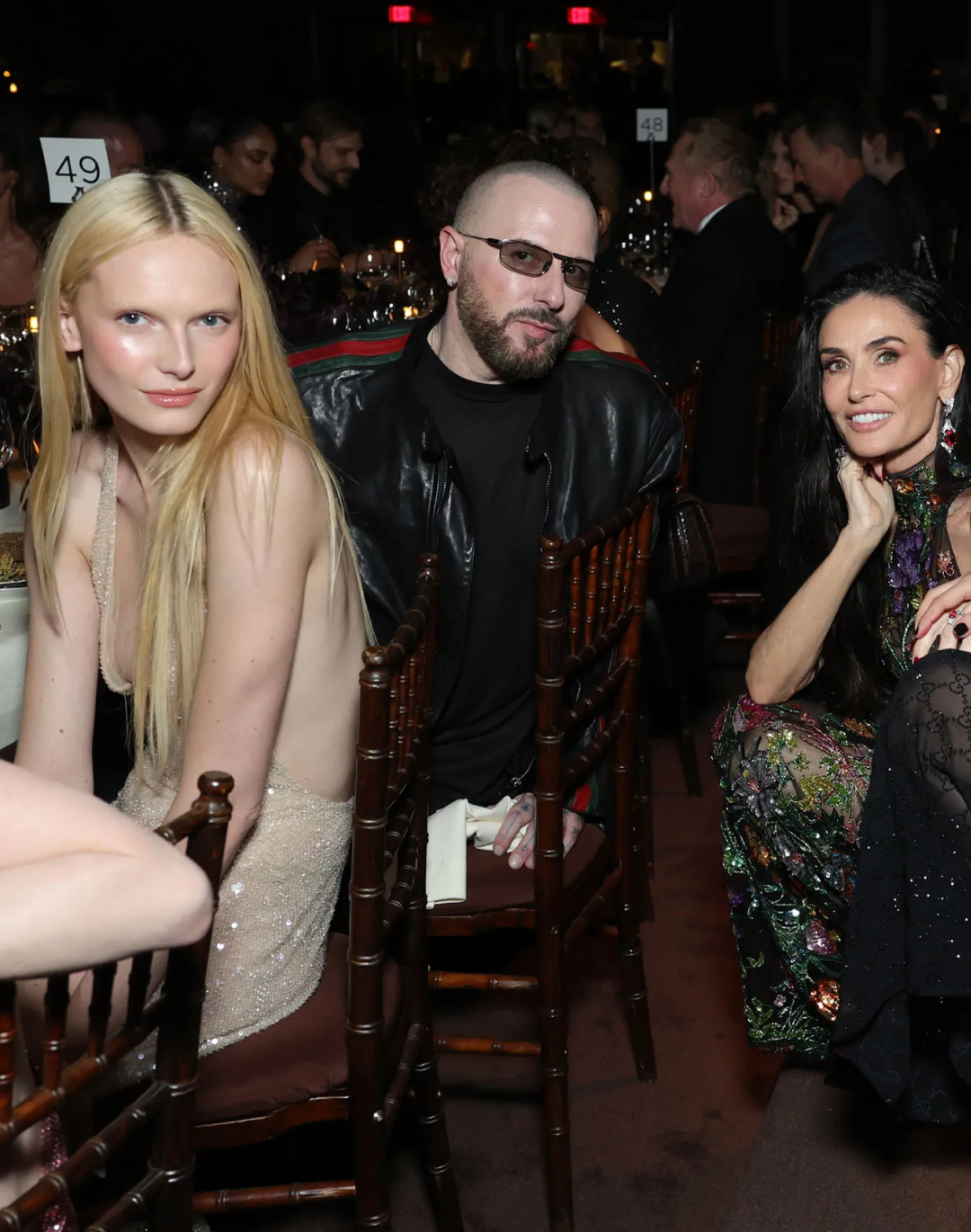
Kering's 5 moves to dominate 2022 A game plan that passes through the explosive growth of Gucci and Saint Laurent
The Kering Group yesterday announced last year's financial results and its strategies to grow in the coming year, reporting a 35% increase in revenue compared to 2020. An increase driven by the acceleration of Gucci, whose profits rose above pre-pandemic levels in the last quarter of the year, expanding its turnover by 10% compared to the year before the pandemic, closing the year with a revenue of 9.73 billion euros. Supporting Gucci's growth will be one of the group's main goals in the future, especially to overtake rival LVMH whose fashion division grew 51% compared to 2019 riding the success of Louis Vuitton and Dior. But there are other news: in the document published by Kering, Saint Laurent and Bottega Veneta are mentioned as the other two best-selling brands. The first, with 2.52 billion in revenue, grew by 45% while the second, with a turnover of 1.5 billion, grew by 24%. As Henri François Pinault explained, Saint Laurent is preparing to become Kering's new mega-brand, strengthening jewelry and menswear and increasing its growth in key markets such as China and the United States.
The growth of the entire fashion division of the group, however, will be driven by a series of key strategies that we can expect to see implemented by the group. Here are the main ones.
1. Retail will be increasingly direct-to-consumer
Continuing a trend that has already begun in recent years, Kering's fashion brands will continue to eliminate wholesalers and withdraw from multi-brand boutiques to focus on a direct-to-consumer sales model that guarantees direct customer relationships, omni-channel services, greater control over logistics, goods in stock and, above all, prices. Many brands have raised their prices over the past year, due to rising transportation and material costs, but what Kering wants to do is increase the presence of more high-end products in their own without focusing on individual products and, above all, without driving up prices all at once.
2. The US market is one of the keys to post-Covid luxury
The US market has been defined as "young" by the group's spokesmen, who will begin to increase their presence in the south of the United States and in its capitals such as Austin, Atlanta, Nashville, Charlotte. In all these southern cities, but also in Miami, the economy has accelerated rapidly with the arrival of new inhabitants, tech industries and young professionals who, after the pandemic, have migrated to cities with lower rents and milder climates, increasing consumption.
3. The return to reassuring traditional values
In his notes, Pinault insisted a lot on the balance of heritage and tradition. If in fact in the pre-pandemic period the novelty had been a driving factor, from 2020 onwards customers have favored more classic and traditional products (from Gucci, for example, sales of the Diana Tote and the classic Bamboo Bag have increased) compared to the seasonal novelties that quickly go out of fashion. Pinault told an analyst that, for example, «Gucci isn’t just about creative seasonal introductions. Gucci is about codes, craftsmanship, values and iconic lines». The blueprint followed will be that of Balenciaga who in the past year celebrated tradition with the return to Haute Couture but also introduced innovations by collaborating with The Simpsons.
4. The importance of menswear
In the past, the 50/50 sales division between menswear and womanswear was considered unfavorable, a sign that women's collections were not as effective as they should have been. Traditionally, in fact, the category of womanswear is the one that should surpass the others. In 2022, with the advent of genderlessness and the customs clearance of luxury for the men's world, things have changed and brands intend to invest in the menswear categories and expand them.
5. New acquisitions
«Our portfolio is not yet perfect», Pinault said of the group's potential acquisitions in the future. The group has in fact begun to tidy up its brand roster by selling Girard-Perregaux and Ulysse Nardin to focus only on brands with the potential to expand to a considerable size. The group, which has not acquired a new brand for years now, is evaluating new and possible additions, albeit with great caution.










































